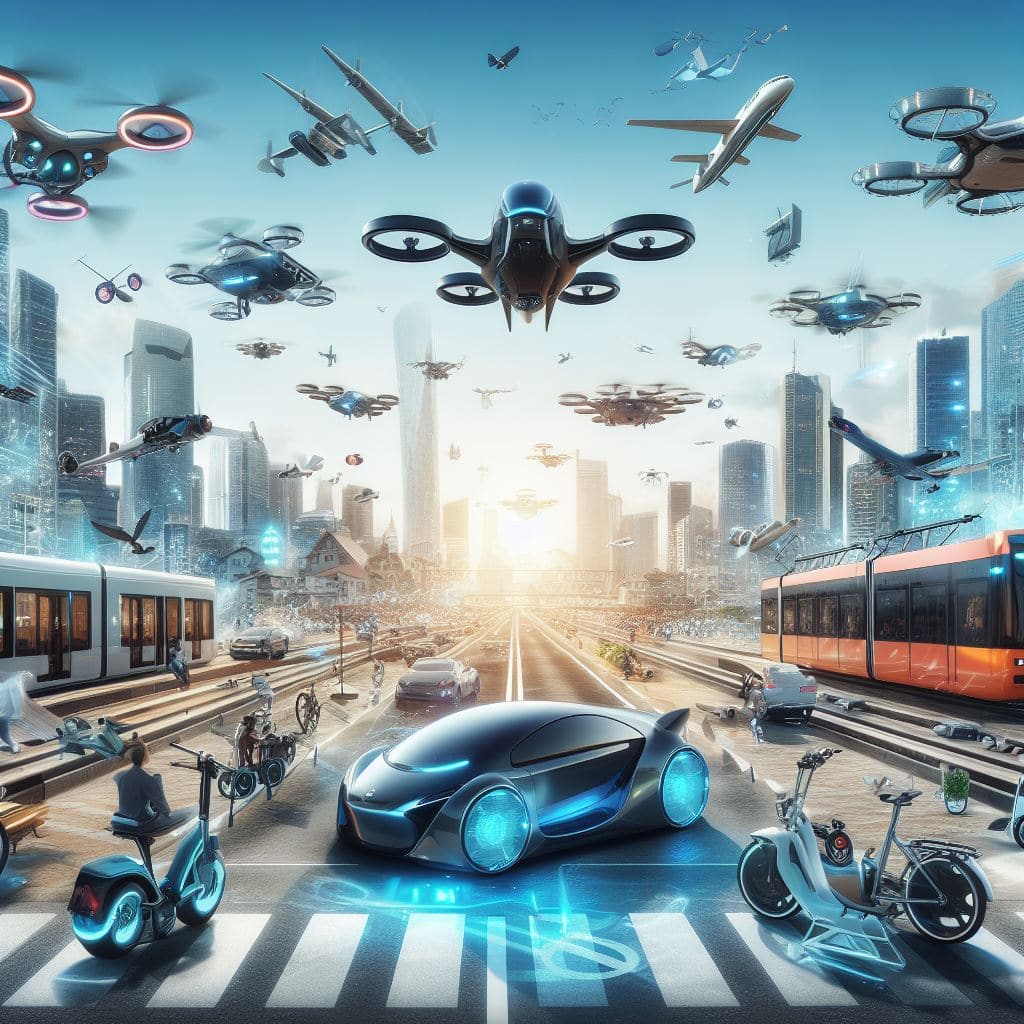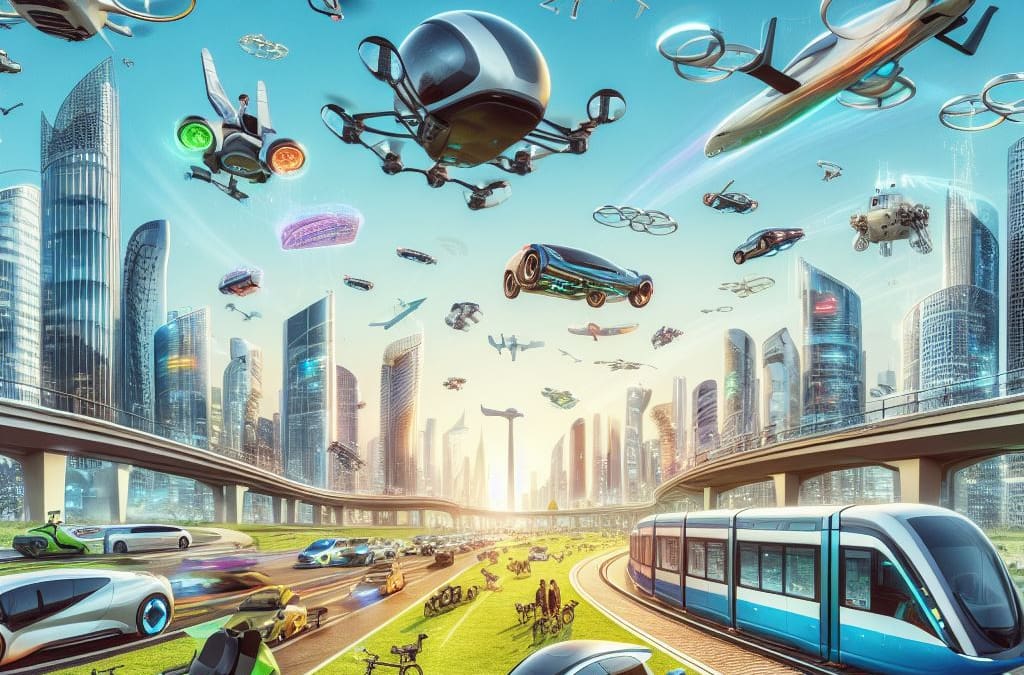As we stand at the precipice of a new age in automotive technology, the spotlight shines ever brighter on the future of electric vehicles (EVs). The transition from internal combustion engine (ICE) vehicles to EVs marks a significant shift not only in how we drive but also in how we think about transportation, energy, and environmental impact. Visionary leaders, environmental advocates, and the collective consciousness of consumers are all aligning with the notion that “The Future of Electric Vehicles” is a future worth accelerating towards.
Charging Ahead: The Evolution of EVs
The evolution of electric vehicles is a testimony to human innovation. At the beginning of the automotive era, EVs actually competed head-to-head with their petrol-guzzling counterparts. However, the mass production of ICE vehicles ultimately lowered costs and extended range, leaving EVs in the dust – until now.
Fast forward to the 21st century, and we’re witnessing an electric renaissance. Thanks to advancements in battery technology, charging infrastructure, and governmental support through incentives and regulations, EVs are rapidly becoming more feasible and desirable for the average consumer.
The Battery Breakthroughs Fueling Progress
The heart of an electric vehicle’s potential lies in its battery. Significant advancements in lithium-ion technology have led to batteries that are not only more compact and lightweight but also more energy-dense and less expensive. The development of solid-state batteries promises even greater capacities and safety profiles, setting the stage for EVs that can travel further on a single charge than ever before.
Improved battery technology isn’t just enhancing the range of EVs; it’s also revolutionizing the charging experience. The concept of over-the-air charging and the expansion of fast-charging stations mean drivers could potentially recharge their vehicles as quickly and conveniently as filling a gas tank.

The Impact of Policy on the Surge of EVs
Government policies have a profound influence on the trajectory of electric vehicles. Countries around the world are setting ambitious targets for cutting carbon emissions, with many placing a ban on the sale of new ICE vehicles within the next two to three decades. These aggressive policies are not only a clear indicator of the determination to tackle climate change but also a substantial driving force for the development and adoption of EVs.
Incentives for EV purchase, such as tax breaks and rebates, are lowering the barriers to entry for consumers. Meanwhile, investment in charging infrastructure is making the prospect of owning an EV increasingly practical. Governments are realizing that to galvanize the population into embracing EVs, convenience and cost-effectiveness are key.
The Intersection of Technology and Connectivity
The narrative of “The Future of Electric Vehicles” is intertwined with the broader saga of technological advancement. Autonomous driving, machine learning algorithms, and the Internet of Things (IoT) are converging within the EV space, transforming the role of the vehicle into something far more than a means to get from point A to point B.
Electric vehicles are poised to become an extension of the connected lifestyle, with capabilities that extend beyond transportation. Vehicle-to-grid (V2G) technologies, for example, could enable your EV to serve as a mobile energy storage unit that can supply power back to the grid, turning the idea of a vehicle into a dynamic component of the smart energy ecosystem.
The Future of Electric Vehicles the Market Shift and Consumer Sentiment
Market dynamics are clearly favoring electric vehicles as the automotive industry retools itself for an electric future. Traditional automotive giants are pledging billions to EV production, while new players in the field are shaking up the status quo with revolutionary designs and disruptive business models.
As the conversation around climate change intensifies, consumers are becoming more conscious of their carbon footprints. “The Future of Electric Vehicles” resonates with a growing demographic that values sustainability, leading to consumer preferences that are increasingly aligning with EVs over traditional ICE vehicles. The rising demand is clear, as is the commitment by manufacturers to meet and foster that demand.
The Road Forward: Challenges and Opportunities
Despite the promise and progress, the road ahead for electric vehicles isn’t without its bumps. Key challenges include further enhancing battery life and reducing charge times, building out a robust charging infrastructure, bringing down the costs of EVs to reach price parity with ICE vehicles, and ensuring that the shift to electric doesn’t outpace the availability of clean energy to power them.
However, with each challenge comes an opportunity to innovate. As “The Future of Electric Vehicles” unfolds, we will likely witness remarkable strides in technology, policy, and consumer behavior. These strides will coalesce into a new era of transportation—one that is cleaner, smarter, and more connected than anything we’ve known before.
Conclusion
The future of electric vehicles isn’t just a distant vision on the horizon—it’s unfolding before our eyes. Groundbreaking technologies, supportive policies, and a decisive market shift are propelling us toward a clean, electric-dominated transportation realm. As we all contribute to this shared vision, the refrain “The Future of Electric Vehicles” serves not only as a focal point for the automotive industry but as an inspiring blueprint for a more sustainable world.


Recent Comments